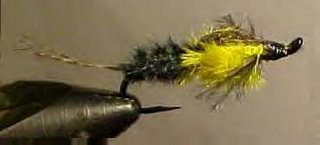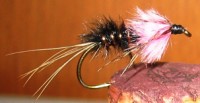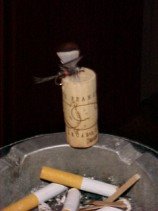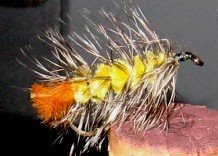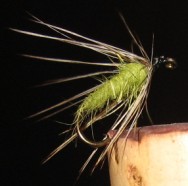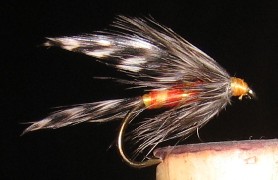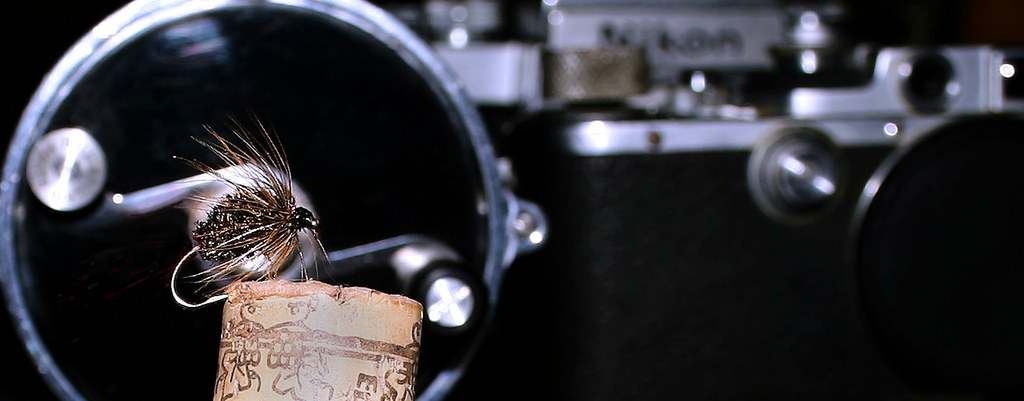 |
| FROM HUMBLE BEGINNINGS |
.. In 1984 "Perrault's Standard Dictionary Of Fishing Flies" was self published. It listed over 16,000 patterns and was mostly alphabetized.
.. There are copies available all over the place. Google it and buy one if you choose.
 |
| COACHMAN |
.. Once upon a time individual fly patterns became famous and dominated fly fishers' boxes in all waters, (even the salt and elsewhere.)
.. Once upon a time names were as magic as the flies that they referred to.
.. Such is the name "COACHMAN." Since it's first mention between 1800 and 1815, and it's original variation the Lead Wing Coachman in 1830, (or so,) the moniker has attached itself to a myriad variations on the theme.
 |
| LEADWING COACHMAN |
.. By 1984 the Coachman variations in Perrault's tome numbered nearly 200. Today there are probably twice that number floating around the fly world; given the ego maniacal bent of each generation of fly tiers.
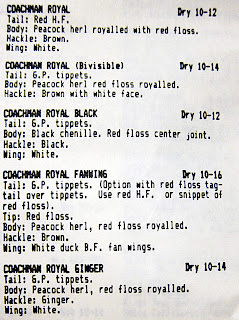 |
| STANDARD DICTIONARY |
.. The recipes are detailed in the most spartan manner but, are adequate for a more than reasonable facsimile.
.. The neighborhood project has reached the nearly the half way point. There are now 96 specimens.
.. It took no great pressure for the assembled hoard to convince us to undertake a series of posts that highlight these flies.
.. Periodically, as time and images allow, the flies and their names, (as recorded by Perrault,) will be posted here.
.. Since the project is ongoing, and since the flies exist in various locations, this will of necessity be a herky-jerky process.
.. Of course the these names and recipes will not match your idealized names or recipes. Such it is in the world of "ONCE UPON A TIME."
Fan Wing Royal Coachman
Hook: # 6-20
Hook: # 6-20
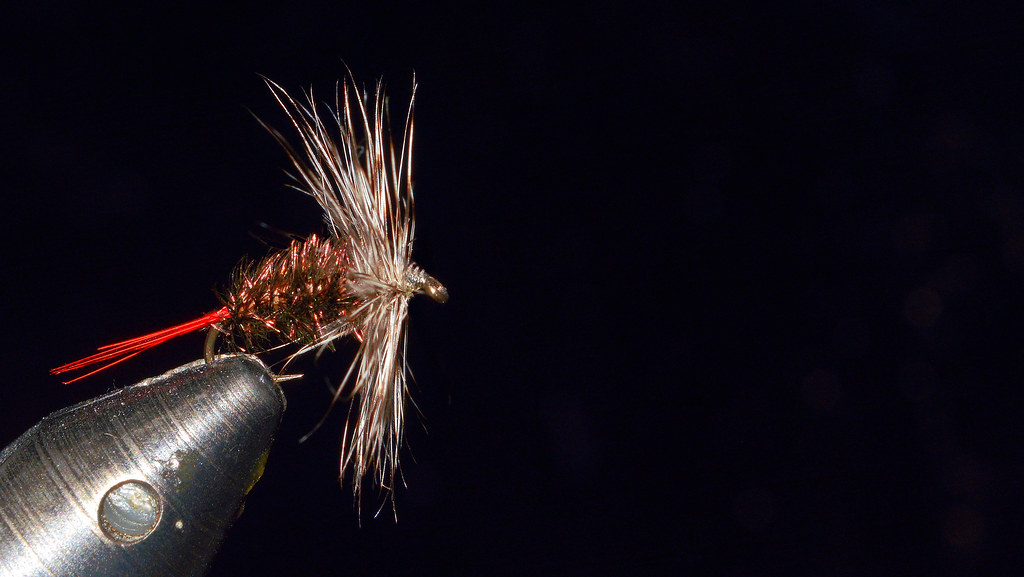 |
| RED TAIL COACHMAN |
.. No nap time. More reels and lines to fiddle with.
.. Only six inches of dry fluff last night and another two or three feet due for the next week or so. Good for the fish.
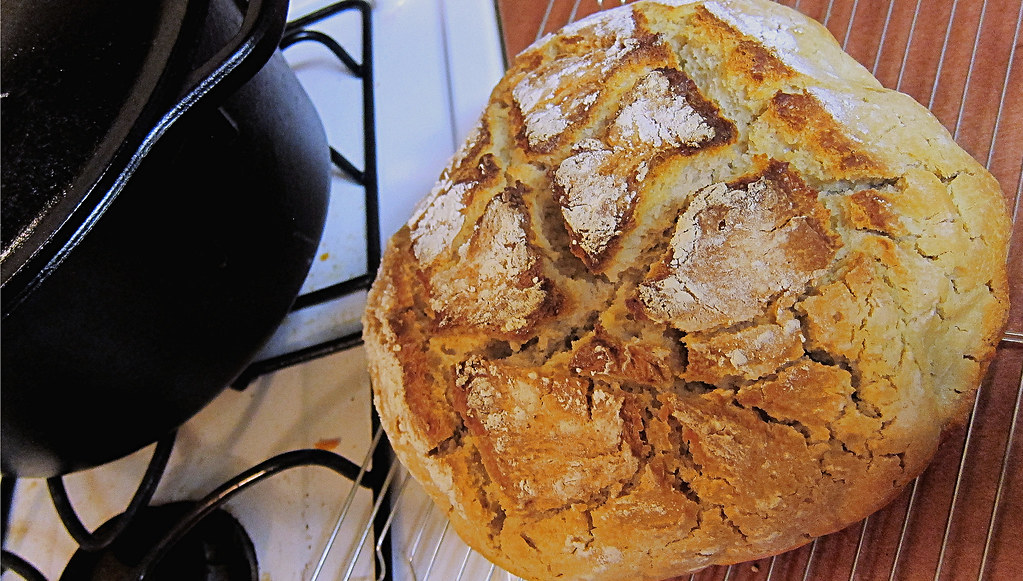 |
| WALLPAPER: SOURDOUGH BOULE |
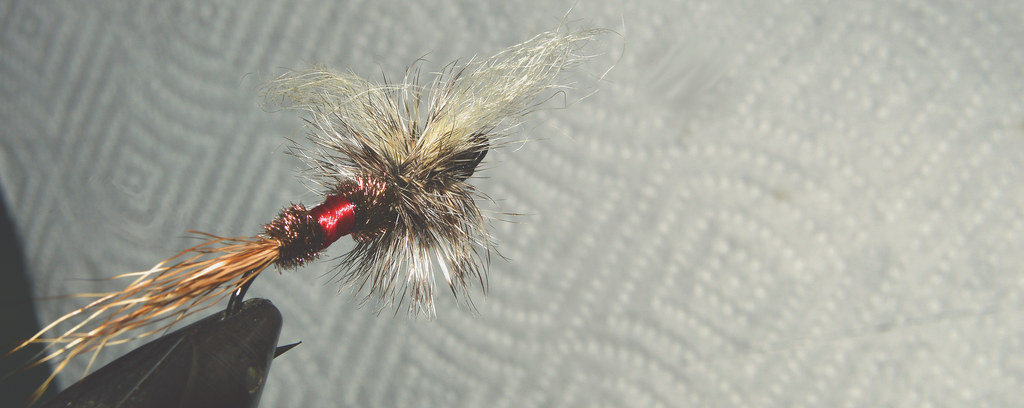
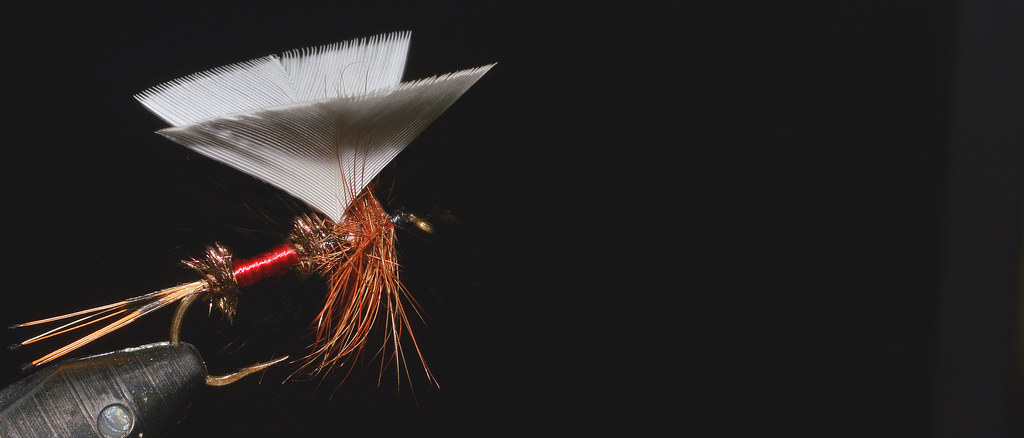
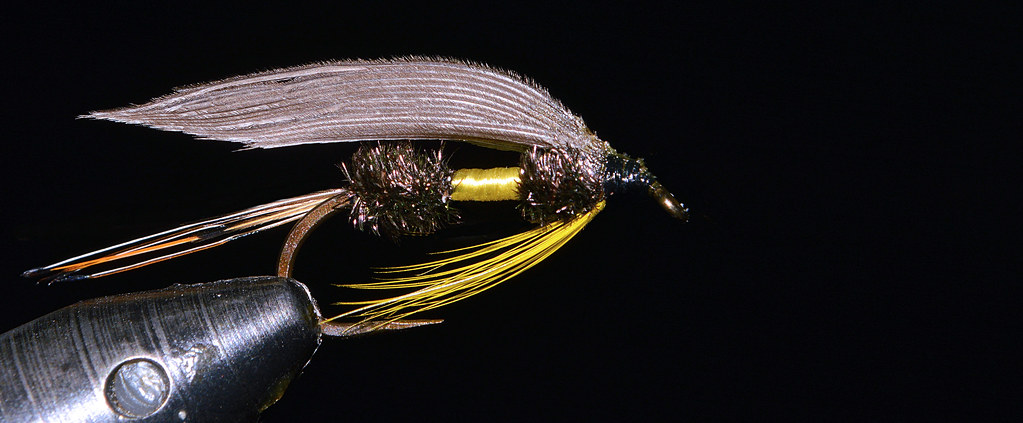


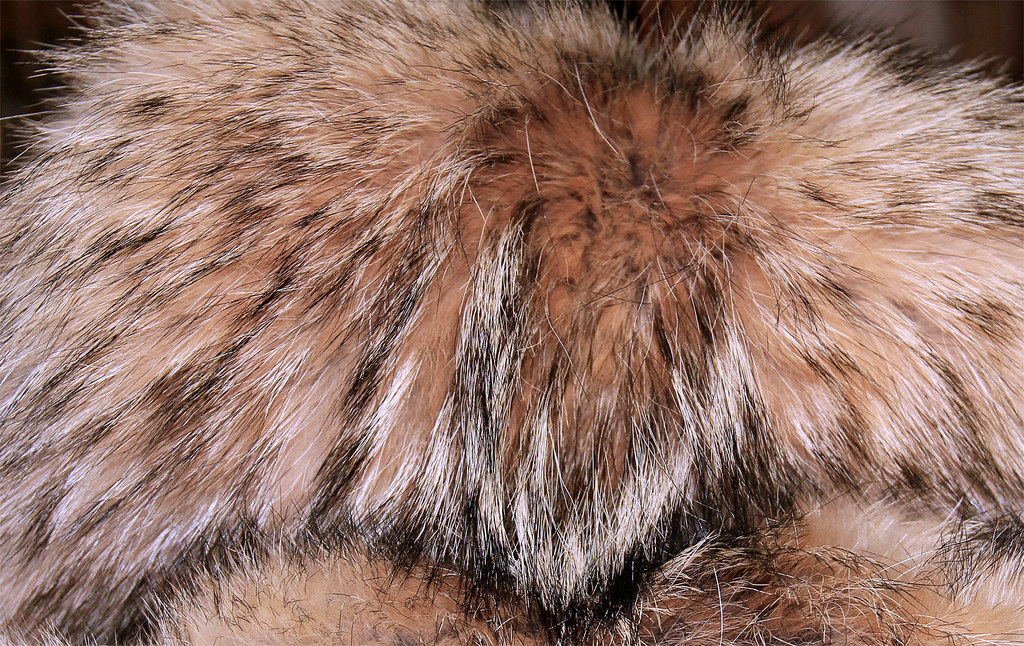



.jpg/800px-Pyrrharctia_isabella_%E2%80%93_Isabella_Tiger_Moth_(14842796231).jpg)


